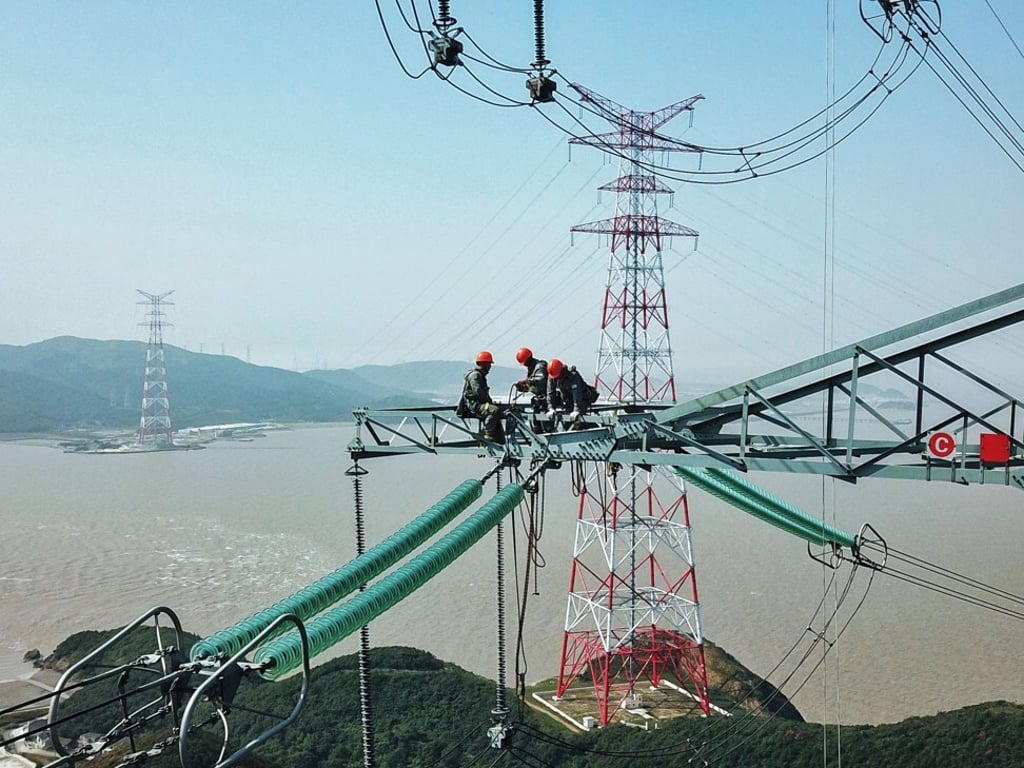State Grid rolls out carbon neutrality action plan to accelerate China’s clean energy drive
- The world’s largest utility is the first state-owned enterprise to unveil its own carbon neutrality initiative
- It plans to build a diversified clean energy supply system in the next five to 10 years

State Grid Corp of China, the world’s largest utility, published on Monday its carbon neutrality action plan, which aims to maximise the buildout of wind and solar energy infrastructure across the country.
State Grid will “build a diversified clean energy supply system” in the next five to 10 years, according to the action plan published on its website. The company plans to step up the development of clean energy infrastructure, including wind, solar and hydro power for generating electricity.
The plan also sharpens the company’s focus on improving the efficiency of existing infrastructure, while developing innovative energy technology.

By 2025, the proportion of primary energy consumption across China that does not use fossil fuels will reach about 20 per cent, according to State Grid’s estimates. By 2030, it expects that consumption to reach 25 per cent.
On the energy consumption side, State Grid said it will focus on the promotion of electric energy to replace coal and fossil fuels in industrial manufacturing, construction and transport. By 2025, State Grid expects the proportion of electricity in final energy consumption to reach 30 per cent. That would increase to 35 per cent by 2030, it said.